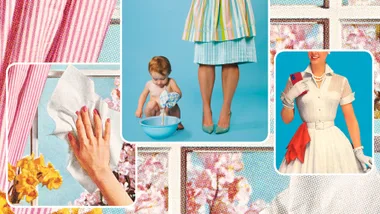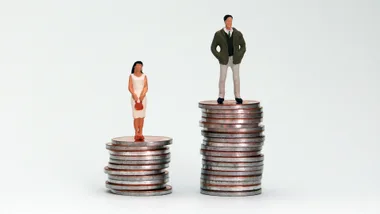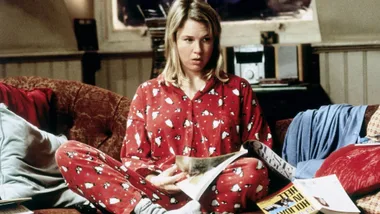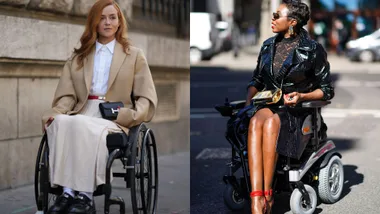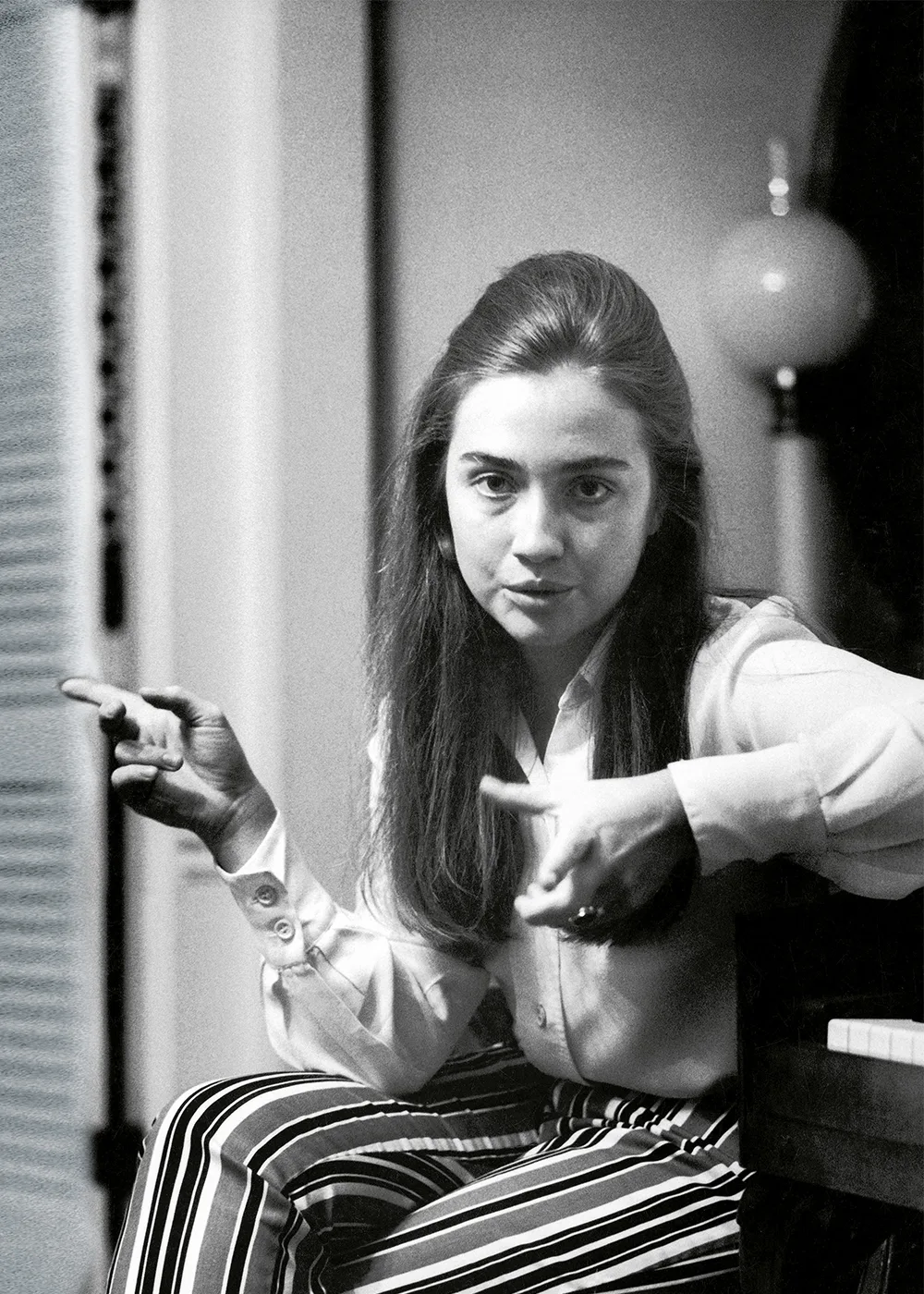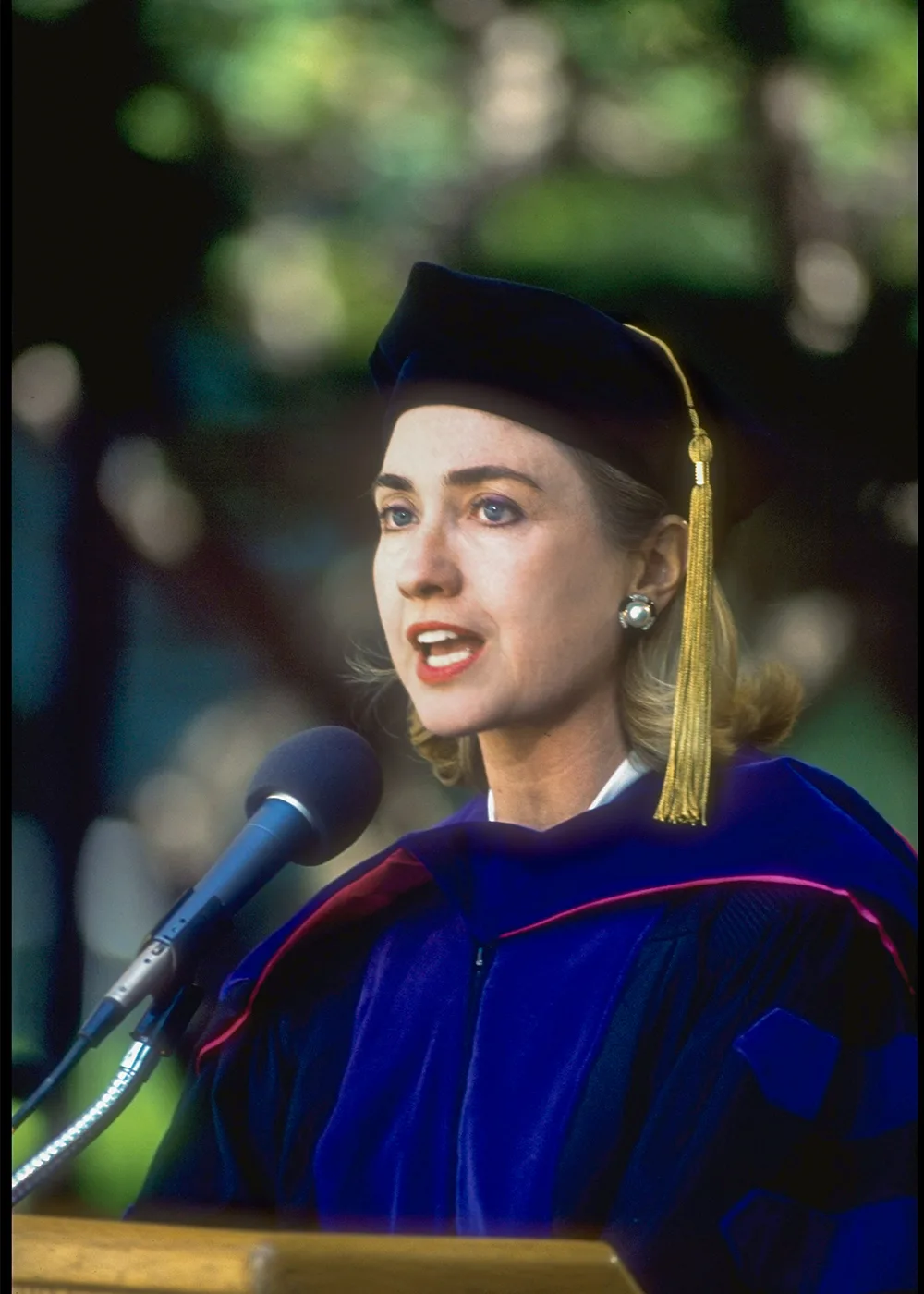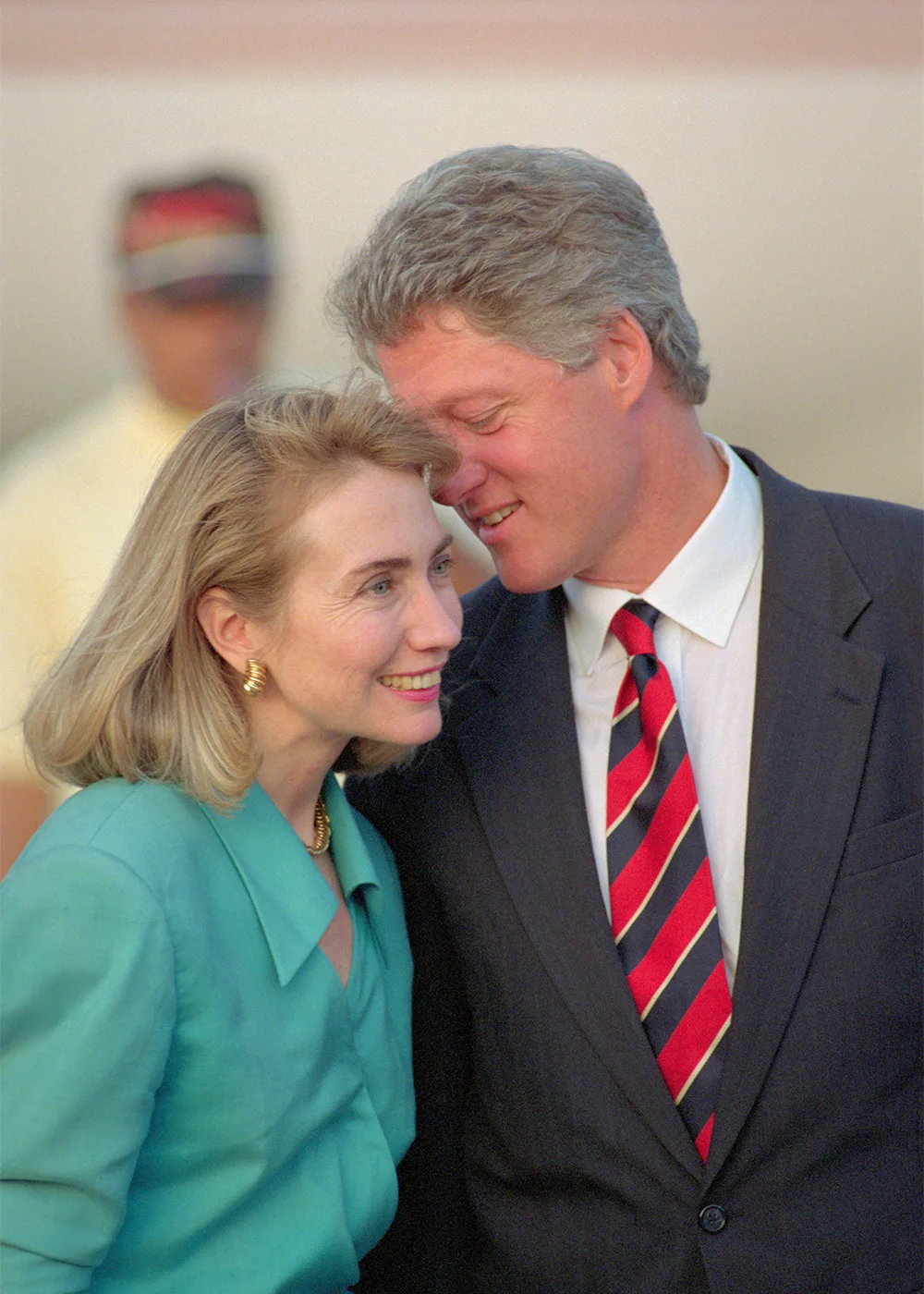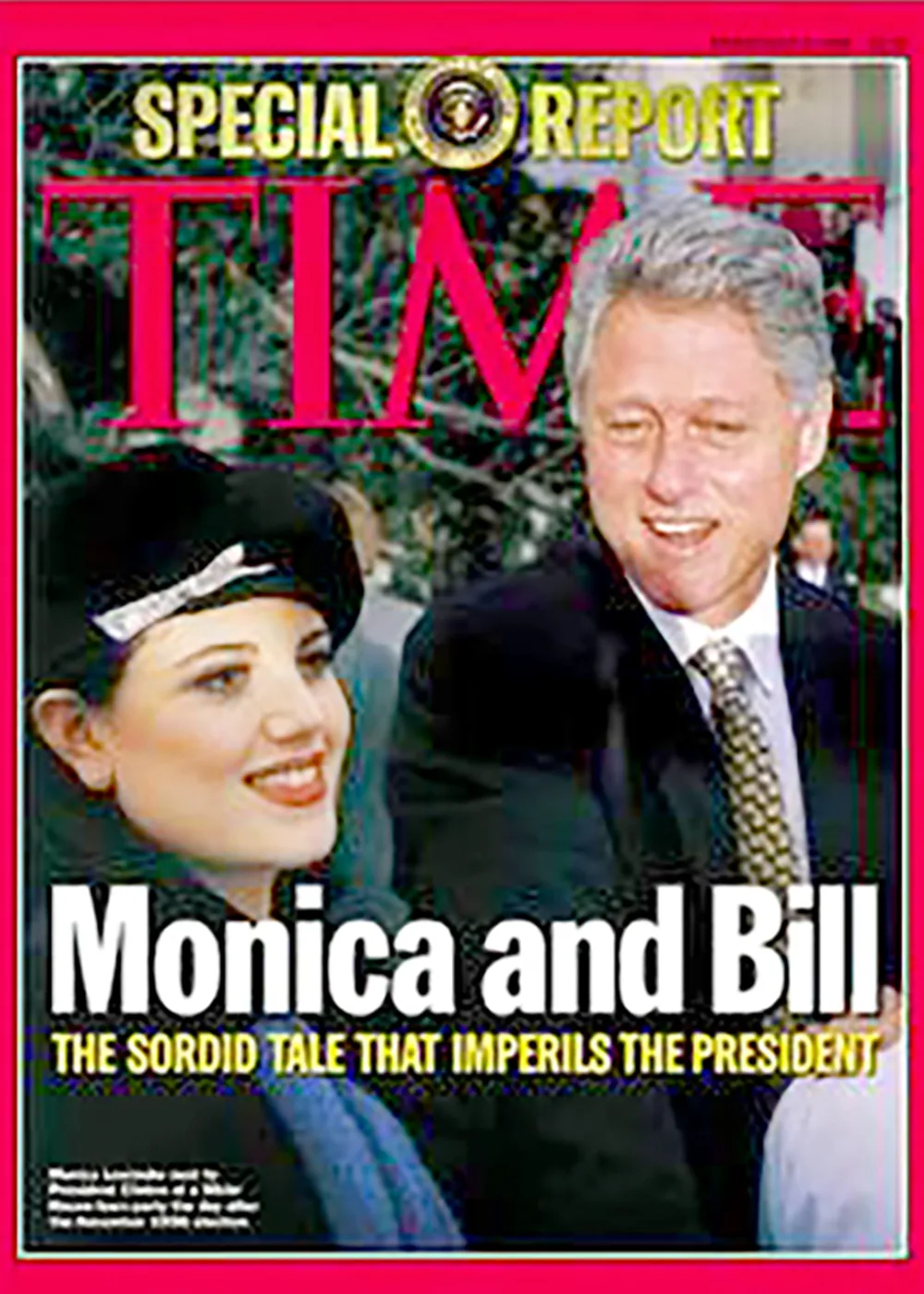Hillary Diane Rodham, a second year law student, was bent over her textbooks in the Yale University library in 1971 when she found her study interrupted by the gaze of a fellow student. Seated at the opposite end of the gothic hall was a tall, bearded man with bushy hair staring at her. His name was Bill Clinton, a first year student, fresh from the University of Oxford. Finally, the bespectacled 24-year-old with the thick blonde hair stood up and walked over to him. “If you’re going to keep looking at me, and I’m going to keep looking back, we might as well be introduced,” she said.
Bill was momentarily dumbstruck. “He couldn’t remember his own name!” Hillary has recalled, gleefully, of that moment. It was about as close to love at first sight as it gets. “It was an immediate attraction. He looked more like a Viking than a Rhodes Scholar,” Hillary later said. Even more than the physical attraction, they were drawn to each other’s sharp minds. “He had a vitality that seemed to shoot out of his pores.”
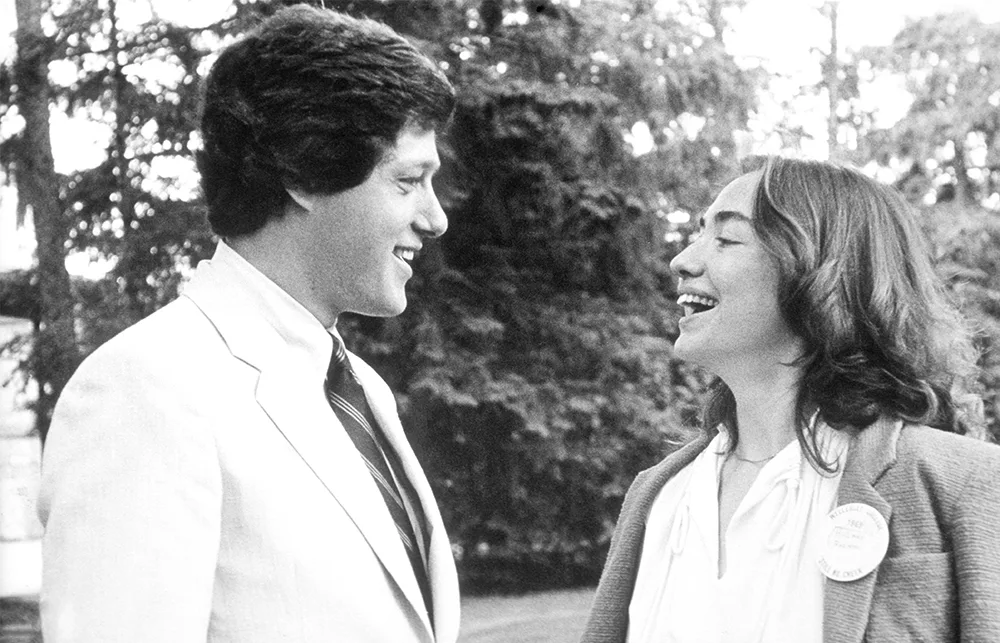
It wasn’t just Bill who was famed for his intellect. From an early age, Hillary was a bright and forthright child. Born in Chicago on October 26, 1947, Hillary and her brothers, Hugh and Tony, grew up in a suburban home with mother Dorothy, a housewife, and father Hugh, a Republican and tough disciplinarian, who ran a small furnishings business.
Aged just 13, Hillary took her political cues from her father, canvassing for Richard Nixon in his 1960 presidential campaign. At high school she ran, unsuccessfully, for student government president, and at the all-girls Wellesley College in Massachusetts, she was president of the Young Republicans, before moving towards the Democrats.
Her college classmates remember Hillary as serious and self-righteous, with one saying, “I wouldn’t say she was popular. She was a little too intimidating for that.” Hillary was certainly focused. She campaigned for the increased recruitment of black students and, aged 21, was the first student in the college’s history to make a graduation speech – one so rousing it elicited a seven-minute standing ovation.
After the fateful meeting with Bill in 1971, Hillary’s future seemed to be set in stone.
“It was an immediate attraction. Bill had a vitality that seemed to shoot out of his pores” – Hillary on love at first sight when she met Bill

They married four years later, when the two were already ensconced in the state of Arkansas where Bill’s political career was kicking off. The decision to follow Bill after graduation disappointed many friends including then Democratic Party activist Sara Ehrman: “She was so gifted and promising. I thought her life should be on a bigger stage.” In 1976, a year after they married, Bill was elected attorney general of Arkansas, then, two years later, its governor. Hillary became the first lady of Arkansas, juggling the role with her job as lawyer, and, later, mum to daughter Chelsea.
When Bill failed to get re-elected for a second term in 1980, she received much of the blame. “Hillary can be abrupt, and that can be seen as her being arrogant, rude, uncaring – none of which I think she really is,” says Sam Bratton, one of Bill’s staff members at the time. “But that was considered to have been part of the reason for the loss.” The public was rarely treated to Hillary’s laugh, “a big, rolling guffaw that can send cats running from the room”. Nor were they party to her close relationship with Chelsea. The pair often went on holiday together, and when Hillary was abroad on business she’d help Chelsea do her homework by fax. (Hillary was always careful not to give Chelsea a sense of entitlement, once making her and her friends get on their hands and knees to pick up popcorn after they had watched a film in the White House cinema.)

Hillary’s faults were considered to be many: she lacked the glamour of a governor’s wife, and her decision to keep her surname after marriage smacked too much of feminism for Arkansas traditionalists. Despite Bill’s assurance that she needn’t change it, she decided to make the gesture for his benefit and revamped herself as Hillary Rodham Clinton; Bill was governor again by 1982.
But whatever concessions she made, it never seemed enough. In 1992, a spin doctor, worried that her aloofness would damage Bill’s presidential campaign, suggested “joint appearances with friends where Hillary could laugh and do her mimicry”. (Hillary once sent herself up in a skit based on Forrest Gump, imitating Tom Hanks’s movie character while donning a variety of wigs – a dig at the media’s obsession with her hair.) When, in 1992, Bill was elected president and they moved into the White House, she immediately ruffled feathers by commandeering a second office – not just one in the east wing, as was tradition for a first lady, but another in the fabled West Wing where she surrounded herself with a tight-knit group of female staff, collectively known as “Hillaryland”.
Unusually for a first lady, she was also appointed to a high official post – head of a committee to overhaul the national healthcare system. On top of that, Hillary evoked the wrath of the media when she arranged to close off the corridor that gave reporters access to the West Wing. She was redefining the role of the first lady, but her admittance into the White House’s powerful inner circle drew hatred and suspicion. “She was seen as a Lady Macbeth, a manipulative spouse getting too close to power,” says Gil Troy, a presidential historian and author of Hillary Rodham Clinton: Polarizing First Lady.
A series of scandals during Bill’s eight-year presidency didn’t help, including Travelgate, an investigation into Hillary’s role in the sacking of several White House travel staff to allegedly make way for several Clinton buddies. Then there was Whitewater, involving a suspect property venture the couple were linked to during the 1970s. (The recent Emailgate, concerning Hillary’s use of a private email account rather than a government one during her time as secretary of state, has added to accusations of corruption.)
Hilary herself had long ceased to be surprised by Bill’s indiscretions, once claiming, “He’s a hard dog to keep on the porch.” The exposure of a sexual encounter with former news reporter Gennifer Flowers in 1992 (which Bill later admitted to under oath) led Hillary to retort, “I’m not sitting here – some little woman standing by my man like Tammy Wynette.”
“Bill’s infidelity humiliated [her] publicly, making her appear more vulnerable, more approachable, more likeable” – Gil Troy, presidential historian and author
But then, in 1998, came Hillary’s defining moment – in the shape of Monica Lewinsky, the 25-year-old White House intern whose affair with Bill went so very public. Prurient details of a cigar used as a sex toy and Lewinsky’s semen-stained blue dress became international news, and Bill’s presidency hung in the balance during his subsequent impeachment and Senate trial (he was eventually acquitted of perjury and the obstruction of justice). In public, Hillary remained dignified – as did Chelsea, then a student at Stanford University – but privately Hillary was heartbroken and angry (Bill was consigned to a separate bedroom for months). She threw herself into work, campaigning in the mid-term congressional elections.
“Hillary can separate personal emotions from the goal and task ahead in a way few women can,” attested Betsey Wright, one of her old Democrat friends who had served as Bill’s chief of staff when he was governor. “I don’t even think men do it the way Hillary does.” Her popularity suddenly soared.
“Bill’s infidelity humiliated Hillary publicly, making her appear more vulnerable, more approachable and more likeable,” says Troy. “Traditional women, who had long felt judged by her feminist attitudes, supported Hillary for standing by her man, while sympathising with her in this excruciating situation.” The time was right for Hillary to go it alone, politically at least – she and Bill had counselling to decide “whether we were going to salvage our marriage”. Over the years, however much she dislikes it, she’s learnt to take criticism and public opinion into account.
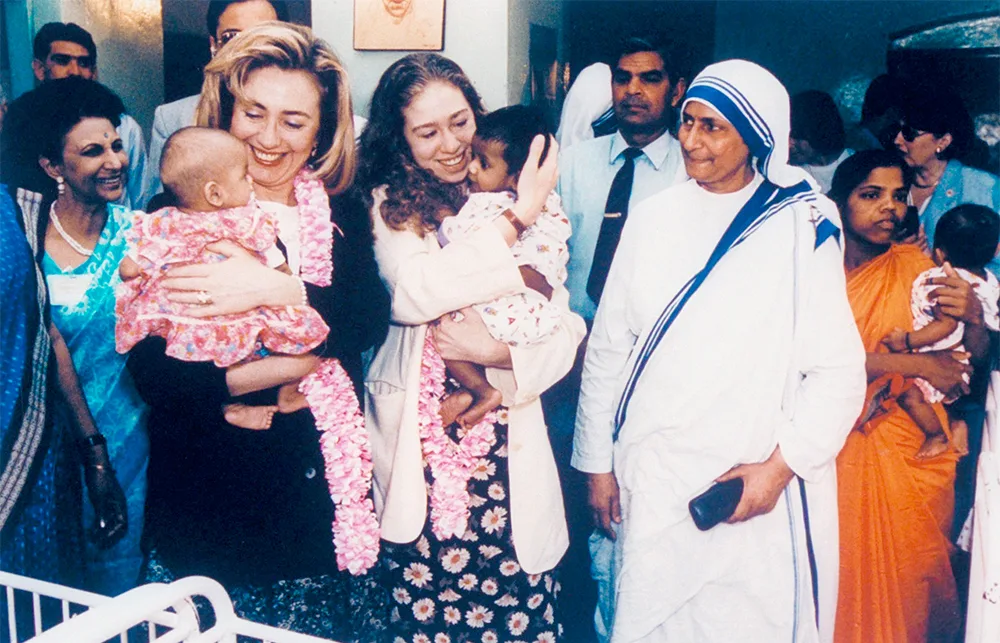
When running for senator of New York in 2000, she realised a hard-core element still viewed her negatively (Arianna Huffington remarked, “A lot of Americans are uncomfortable with her self-righteousness”), so she embarked on a “listening tour” to reach out to voters. It was a shrewd move and one that saw her voted into the Senate in November 2000, and again, by a large majority in 2006.
Although her presidential bid in 2008 wasn’t successful, she lost the Democratic nomination to the man who
became America’s first African- American president. Her consolation prize was secretary of state – held out as a peace offering by President Barack Obama after he’d damned her with faint praise calling her “likeable enough”.
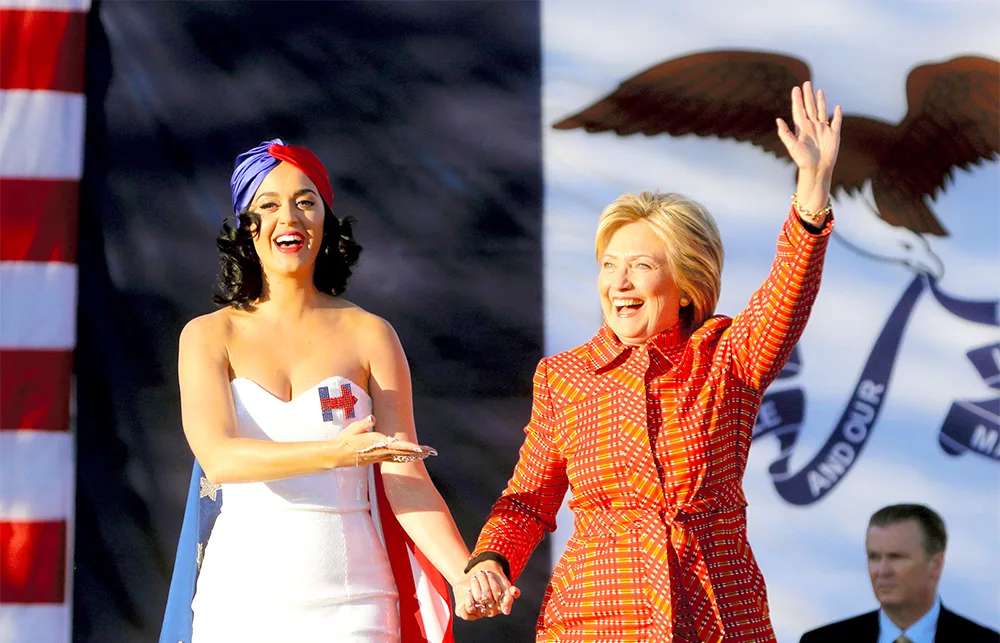
Typically, she used her four-year tenure to shine a light on human, specifically women’s rights. Having spent the past couple of years writing her second memoir, Hard Choices, and picking up $US200,000 (about $270,000) a pop for private speaking engagements, she’s now reapplied for the biggest job in the world. This time, Hillary has a supportive group of cheerleaders, among them Lena Dunham, Diane von Furstenberg, Katy Perry and feminist writer Kate Harding, who pronounced in US Dame magazine: “I intend to vote with my vagina. Unapologetically. Enthusiastically.” It’s been, as they say, a journey.
Hillary did indeed stand by her man (“He is still the most interesting, energizing and fully alive person I have ever met,” she said of Bill in her 2003 memoir, Living History). Now, following the shock election results, it’s time for the next chapter. And as the twists and turns of her career have proved so far, another chapter is certainly likely.
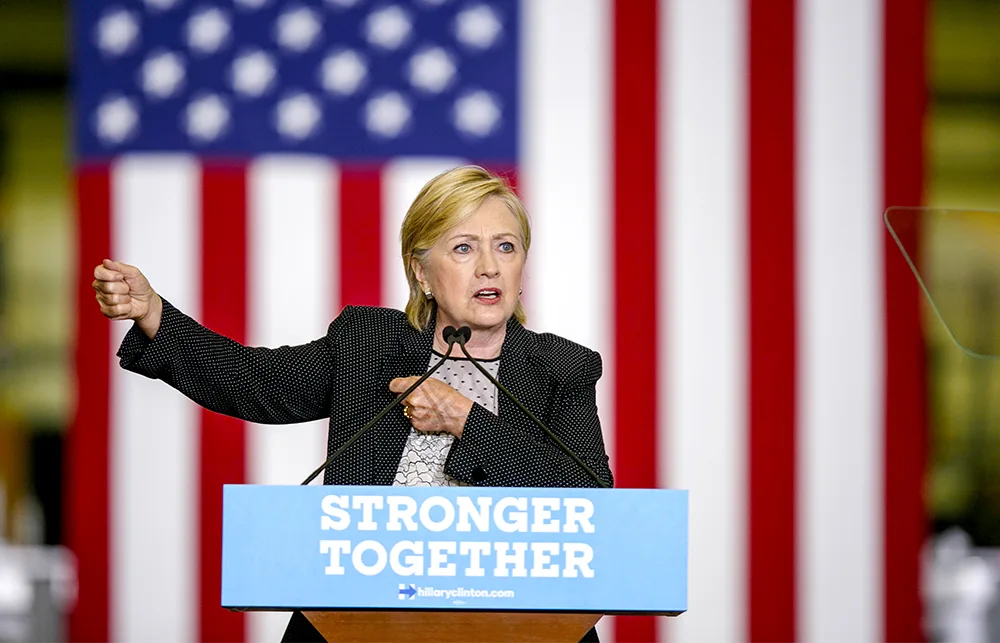
 Getty
Getty


